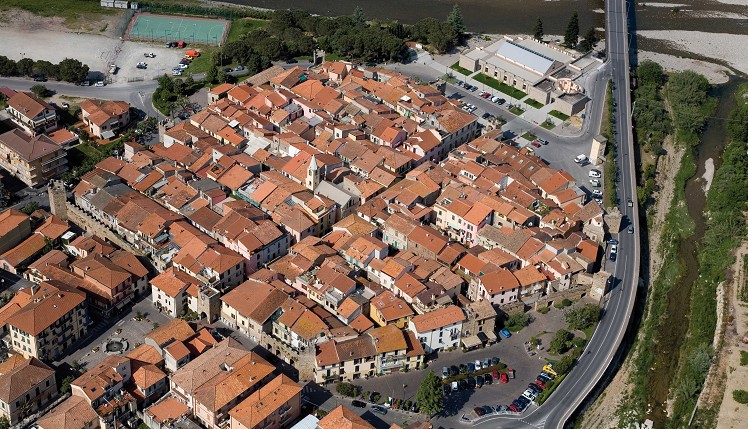Special buildings in historical contexts
The building tissues of the historic town, the result of processes of formation and transformation even of considerable complexity, retain within them the traces of the elementary organisms which have formed their basic structure and even today determine the modular structure of the urban organism. Such modular structure concerns not only the basic building, the whole of the common buildings for housing purposes, but also the special buildings, often of greater dimensions and building commitment, destined to shelter functions of collective character, and to that purpose realized in a nodal position for the urban tissue or inside it, in many cases by utilizing anew and uniting pre-existing elementary structures.
Both in the case of ‘special nodal’ buildings organized by a unitary hierarchical space and in the case of ‘special serial’ buildings, characterized by the repetition of joint spaces interchangeable from the point of view of their functions, and finally in the case of ‘special residential’ buildings, the traditional special buildings show a greater flexibility in their utilization than those, extremely specialized, of our modern building production may have.
This modularity and flexibility have often permitted, in the course of centuries, their use both to give hospitality to special compatible functions, and in some cases to turn them back to their original residential function. In this sense, the evaluation of the attitude of the special building to suffer future changes of use or to be again absorbed inside the building tissue may become a discriminating element for every choice of the project in the light of the effects of the single intervention in the long run.
